The biggest treasure finds of 2019
This year's most precious and exciting discoveries
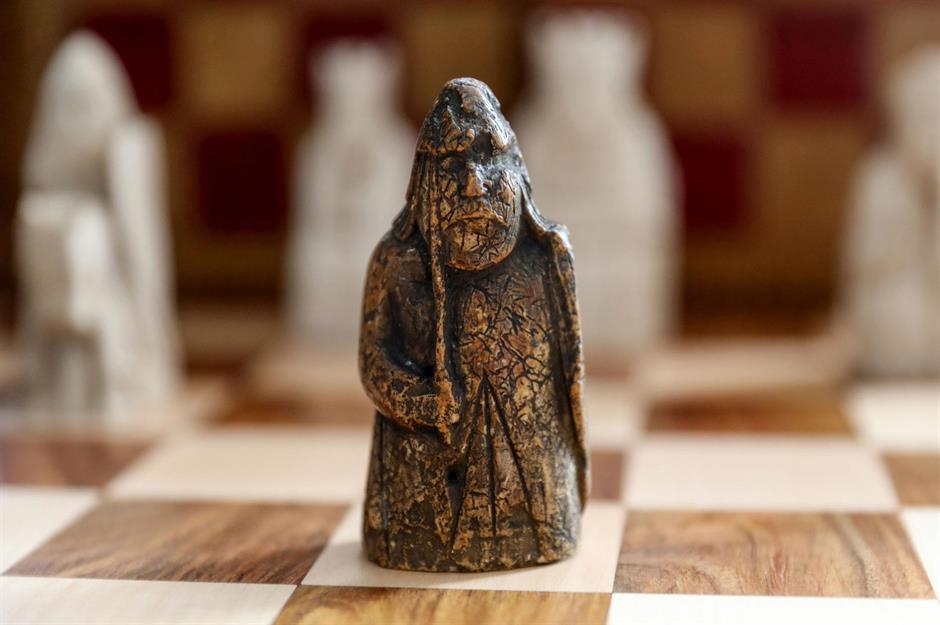
Dazzling gold jewellery and coins, mythical sunken temples and a long-lost chess piece worth hundreds of thousands of dollars – these are just some of the incredible treasures that have been discovered this year. We take a look at the most jaw-dropping finds of 2019.
The Barbarian treasures found under a pile of leaves
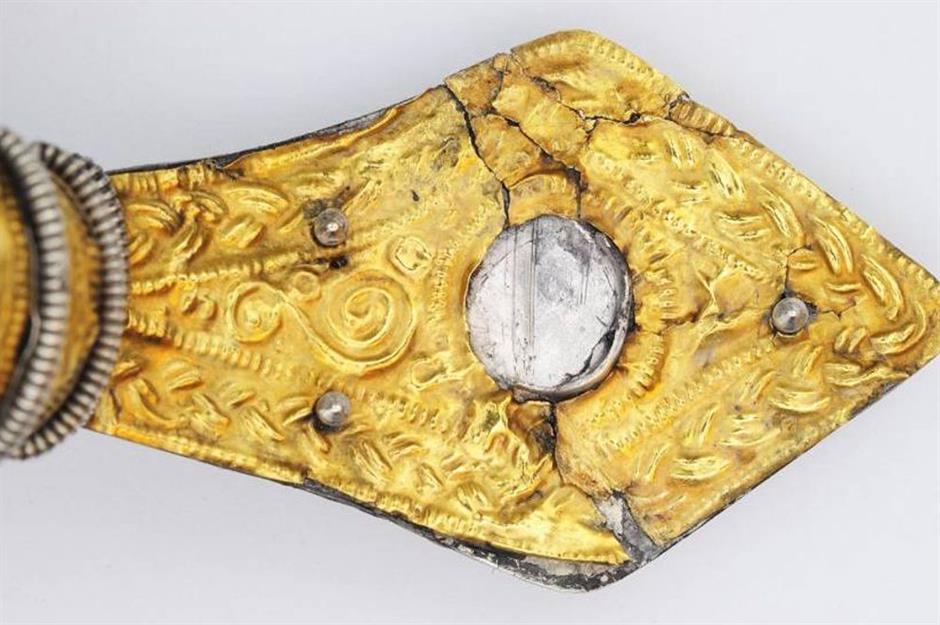
Earlier this year, a man walking in the woods near the village of Grzmiąca in Poland came across three gorgeous silver and gold clasps hidden under a pile of leaves, the sort of find we'd all dream of discovering out on a hike.
The Barbarian treasures found under a pile of leaves`
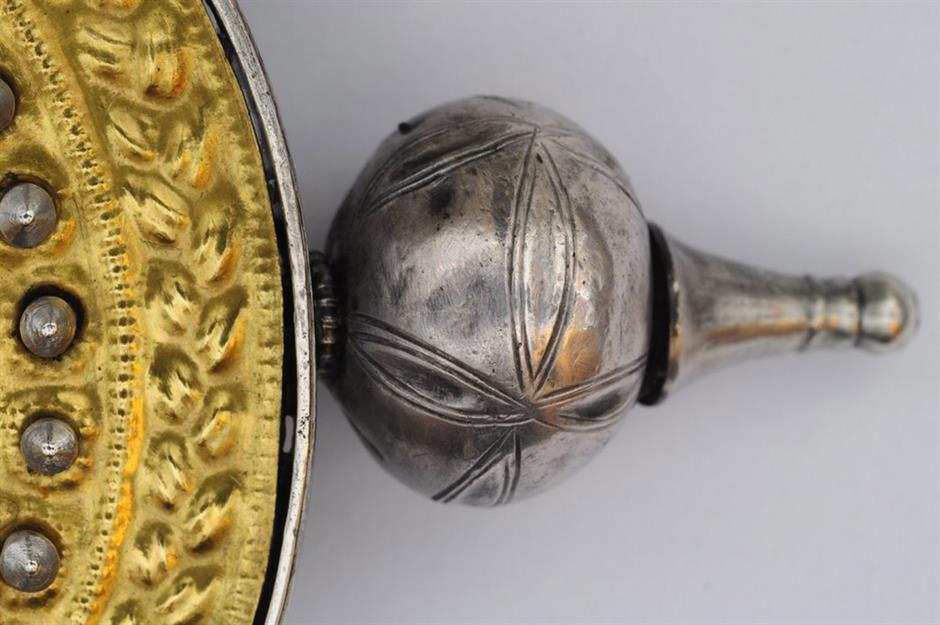
Experts at the Muzeum Okręgowe Koszalin believe the highly decorative clasps were made in the fifth century, by a craftsman from one of the Barbarian tribes that were prominent in the area at the time. They reckon that the artefacts may have been left by a sort of travelling salesperson who was touring the region.
The medieval gold coin hidden in a secret drawer
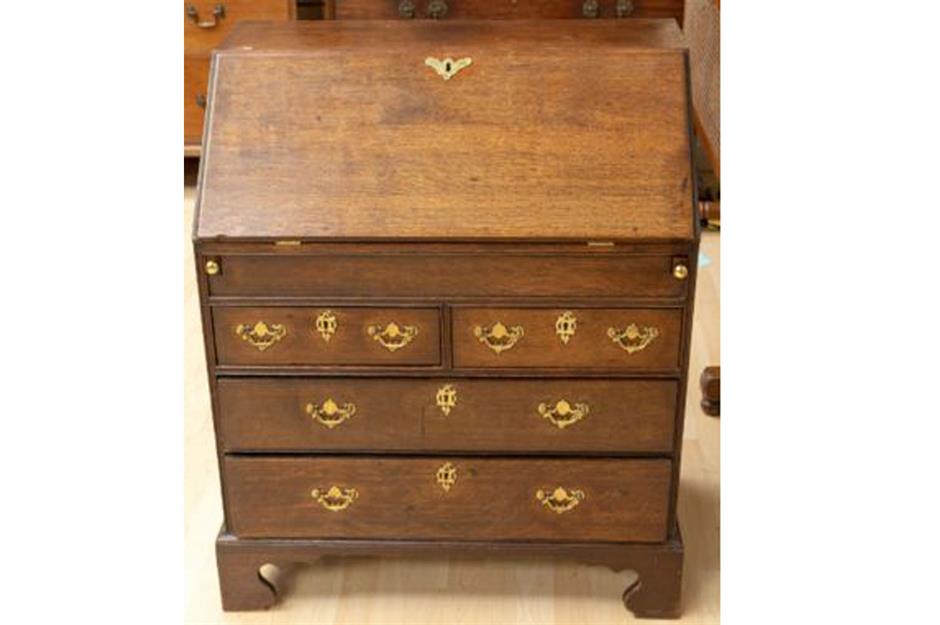
A woman from Derbyshire, England had an incredible surprise in February, when she took this George II-style writing bureau she'd inherited from a distant cousin into Hansons Auctioneers for valuation. While checking the piece of furniture, valuer Edward Rycroft found a tiny secret drawer the woman had no idea existed.
The medieval gold coin hidden in a secret drawer
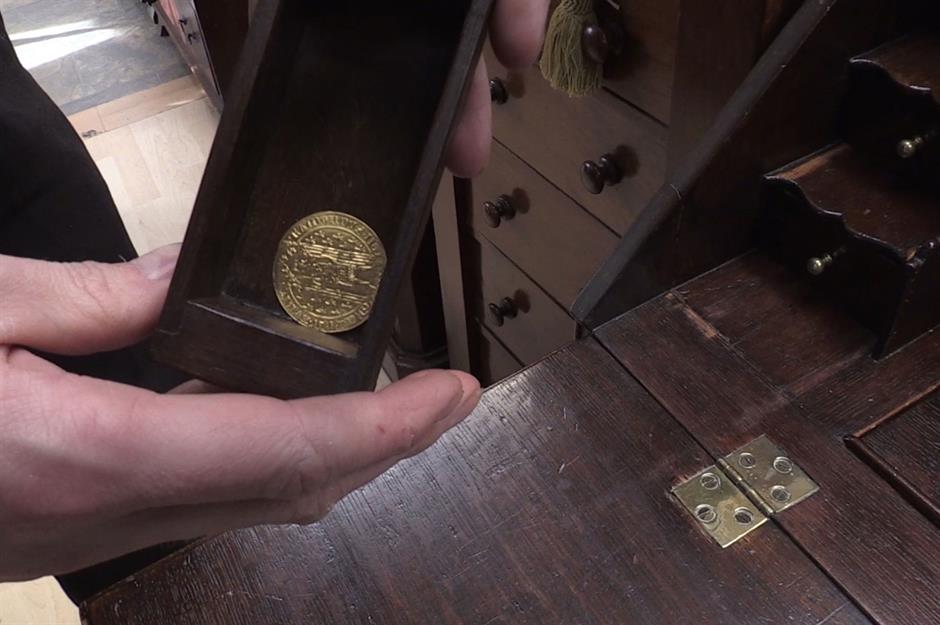
On closer inspection, the drawer was found to contain a beautiful Raymond IV Prince of Orange Franc, a "pied" (very thick) 22-carat gold coin dating from 1365. The coin went on to sell for $1,025 (£850), fetching almost four times more than the bureau in which it was found.
The fifth-century Byzantine gold coin
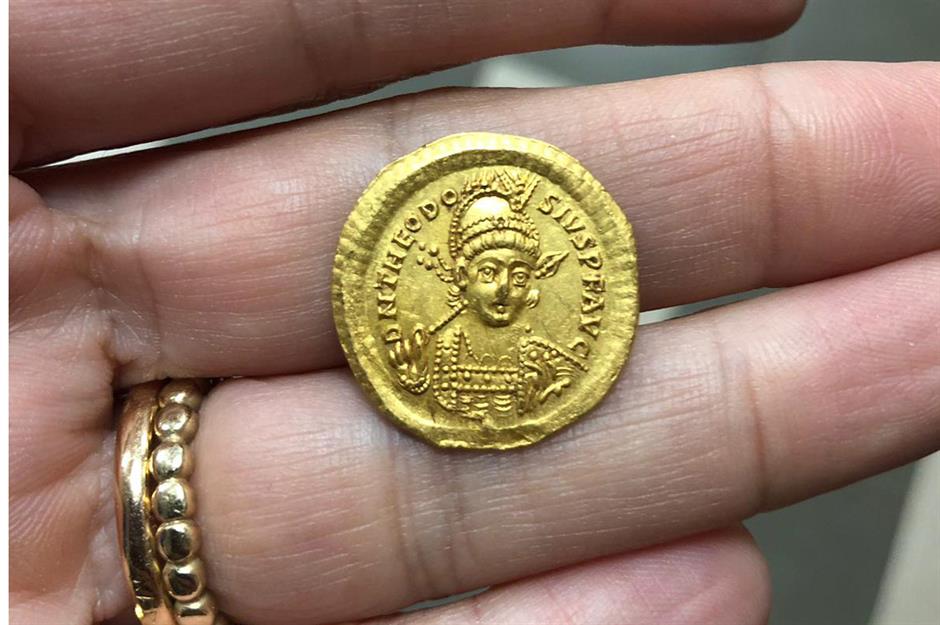
In Israel, a group of four high school students who were hiking along Galilee's Zippori stream in February chanced upon an ornate gold coin dating from the fifth century. Experts at the Israel Antiquities Authority revealed that the coin was minted in Constantinople (now Istanbul) between 420 AD and 423 AD.
The fifth-century Byzantine gold coin
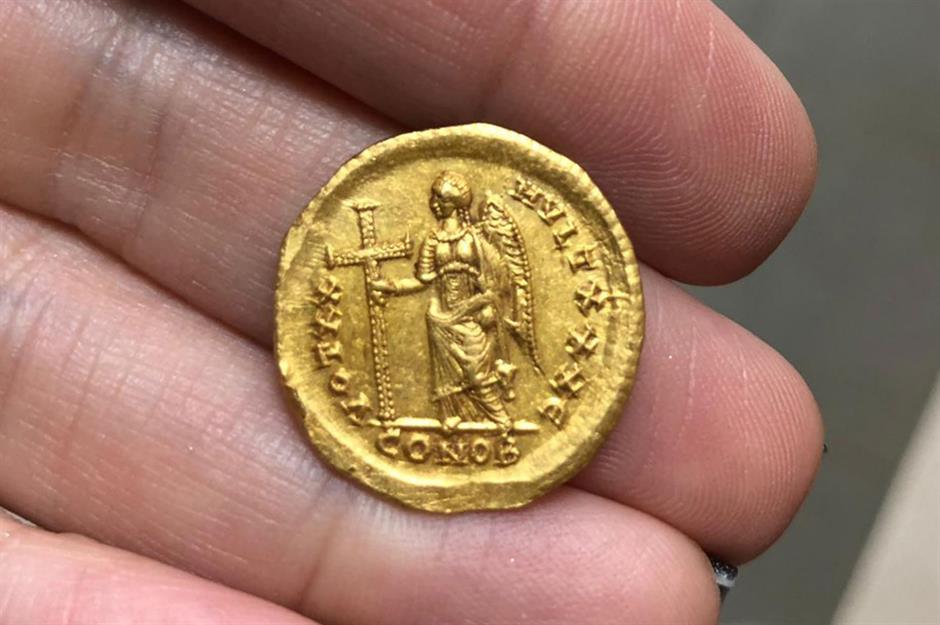
The stolen Swedish Crown Jewels

In what was hands-down the most audacious heist of 2018, two thieves strolled into Strängnäs Cathedral near Stockholm last July and snatched two priceless crowns and an orb, which had originally belonged to 16th century Swedish monarchs Karl IX and Kristina. Intensifying the drama, the pair made their getaway on a speedboat, James Bond-style...
The stolen Swedish Crown Jewels
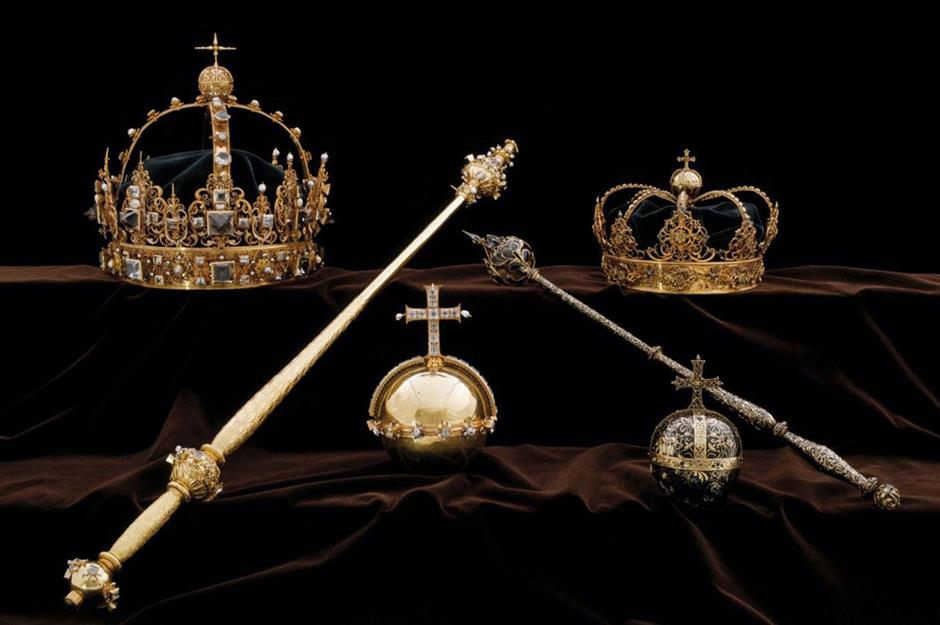
In February this year, the plot thickened. The thieves, who left DNA at the crime scene and were seen running away by witnesses, were arrested and the missing crown jewels were tracked down. Unbelievably, the royal regalia was discovered by a security guard in a rubbish bin somewhere in the Stockholm suburb of Åkersberga.
The Roman 'Brexiteer' gold coin
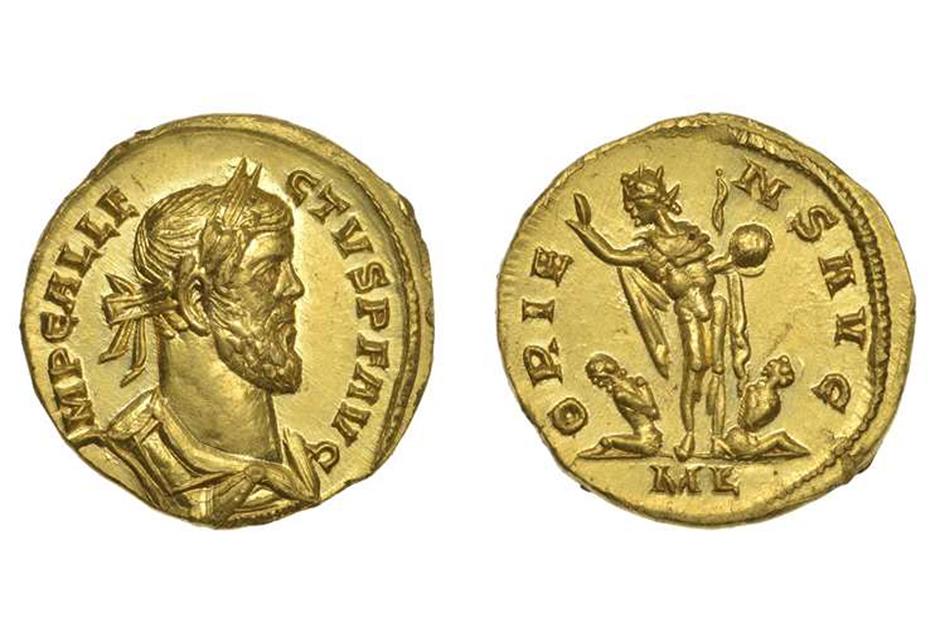
A 30-year-old metal detectorist and his brother struck it lucky in March when they discovered a pristine third-century gold coin near the port town of Dover in Kent, England. The coin depicts Allectus, a Romano-British finance minister turned usurper-emperor, who broke away from Rome and ruled Britannia as an independent nation. Nodding to the current political landscape, British papers have nicknamed him the 'First Brexiteer'.
The Roman 'Brexiteer' gold coin
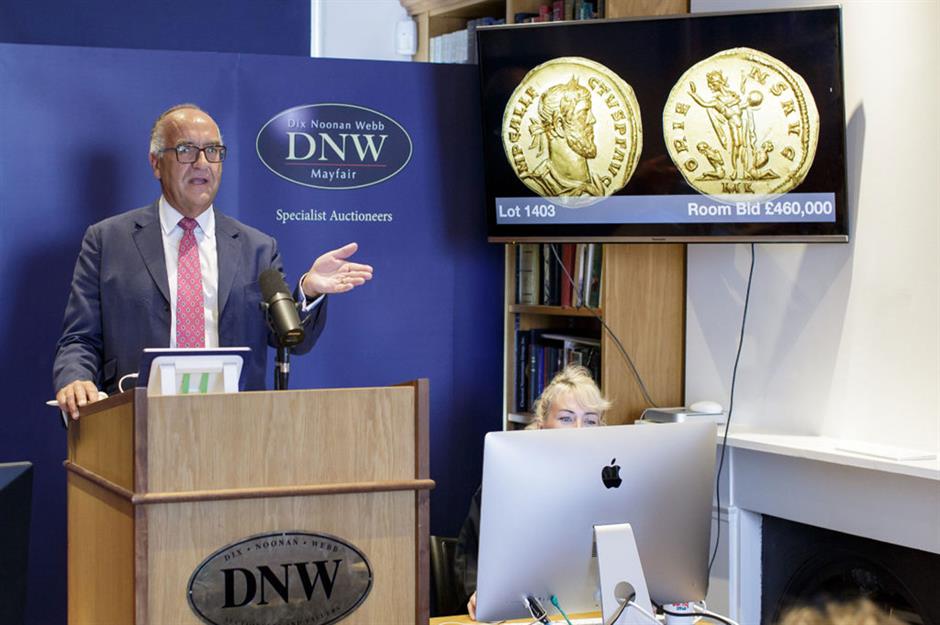
Weighing 4.3 grams (0.15 oz), about the same as a modern British penny, the coin was found in such good condition that the brothers were convinced it was a fake. Fortunately, the precious artefact was declared the real deal and sold at a Dix Noonan Webb auction in June for $665,000 (£552k), more than five times its estimate, making it the most expensive Romano-British coin ever to be sold at auction.
The 'priceless' burial hoard of a first-century Crimean princess
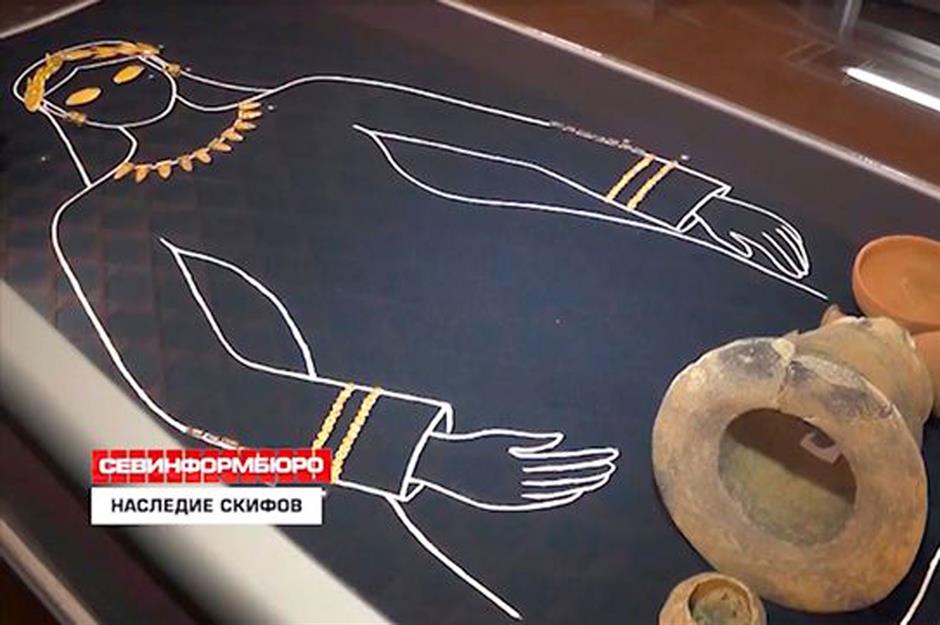
The 'priceless' burial hoard of a first-century Crimean princess
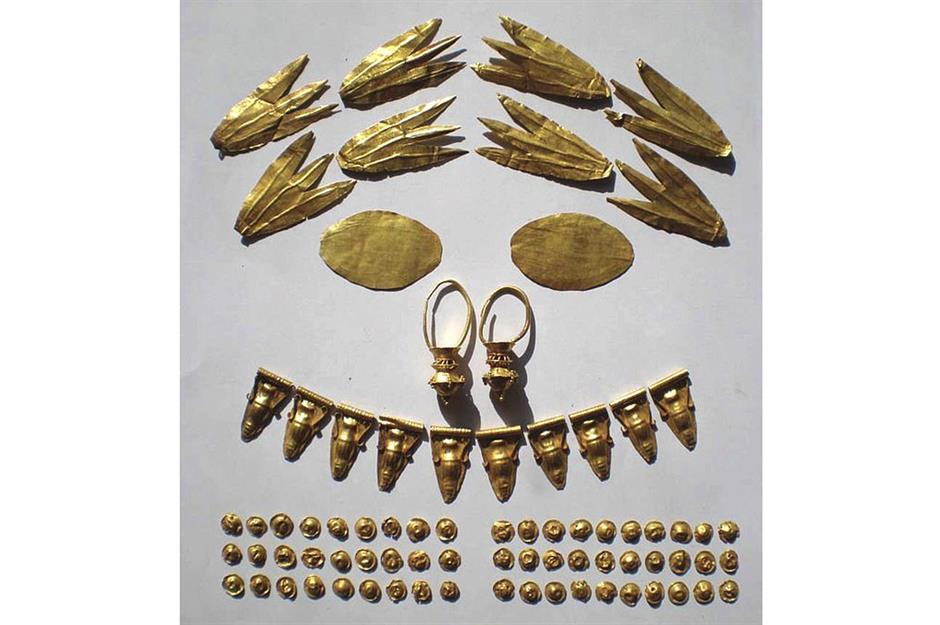
The find is all the more sensational given that most of the graves on the site had been looted. Highlights from the collection of jewels include a unique gold laurel wreath complete with eight leaves, gold lampshade-shaped earrings and two gold eye plates.
The second-largest diamond ever mined
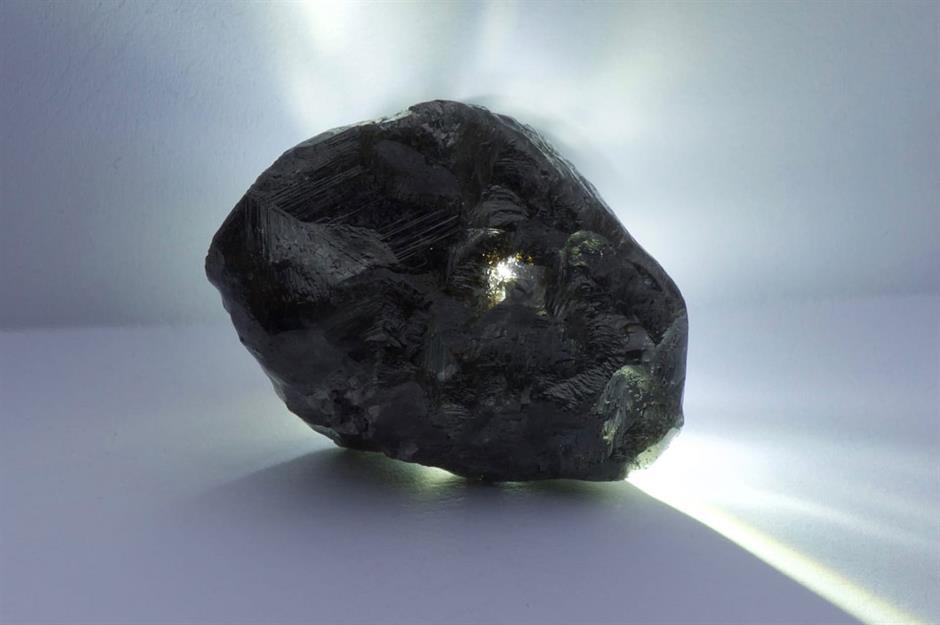
In April, a monster diamond the size of a tennis ball was unearthed by the Canadian company Lucara Diamond Corp., at the company's Karowe Mine in Botswana. Weighing in at an incredible 1,758 carats, the gemstone is the second-largest diamond ever mined. The biggest of all time is the famed 3,106.75-carat Cullinan, which was cut into nine diamonds for the Crown Jewels of the United Kingdom.
The second-largest diamond ever mined
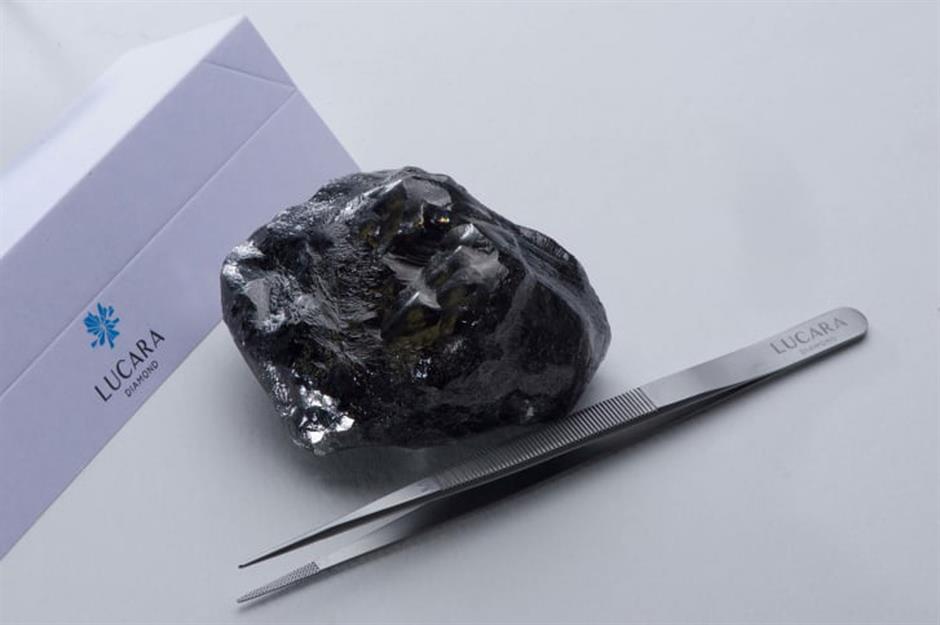
The black-grey diamond has been named Sewelô, which means 'rare find' in the local Setswana language. Despite its rarity and immense size, the gemstone won't be breaking any records as far as price is concerned, due to its variable quality and relatively poor clarity.
The Hambleden Hoard of medieval gold and silver coins
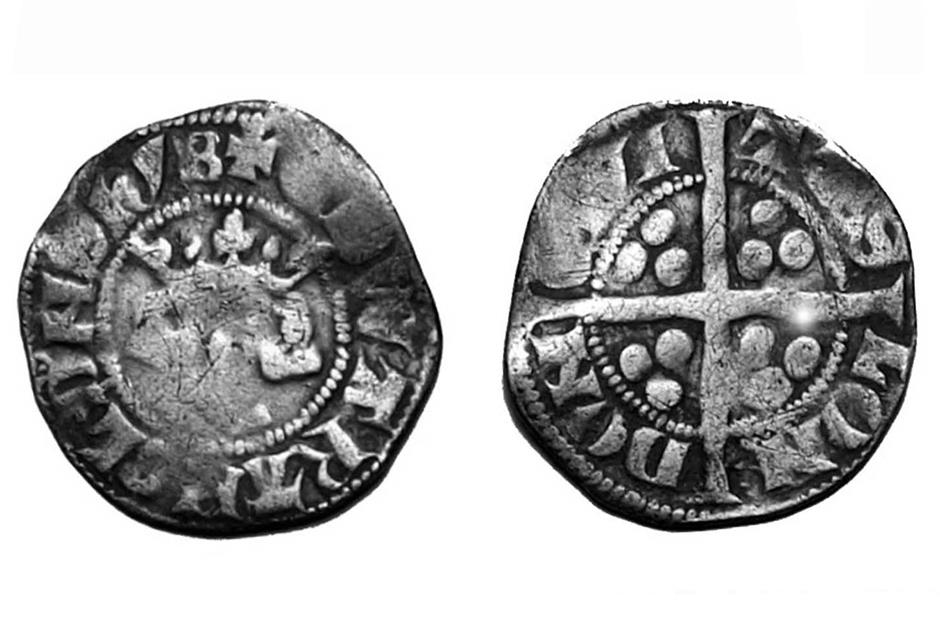
Also in April, four amateur treasure seekers taking part in a metal detecting rally pinpointed a vast hoard of 14th-century gold and silver coins in an unassuming field near the village of Hambleden, which is located in the English county of Buckinghamshire. The hoard of medieval coins is one of the largest discovered in the UK for almost a decade.
The Hambleden Hoard of medieval gold and silver coins
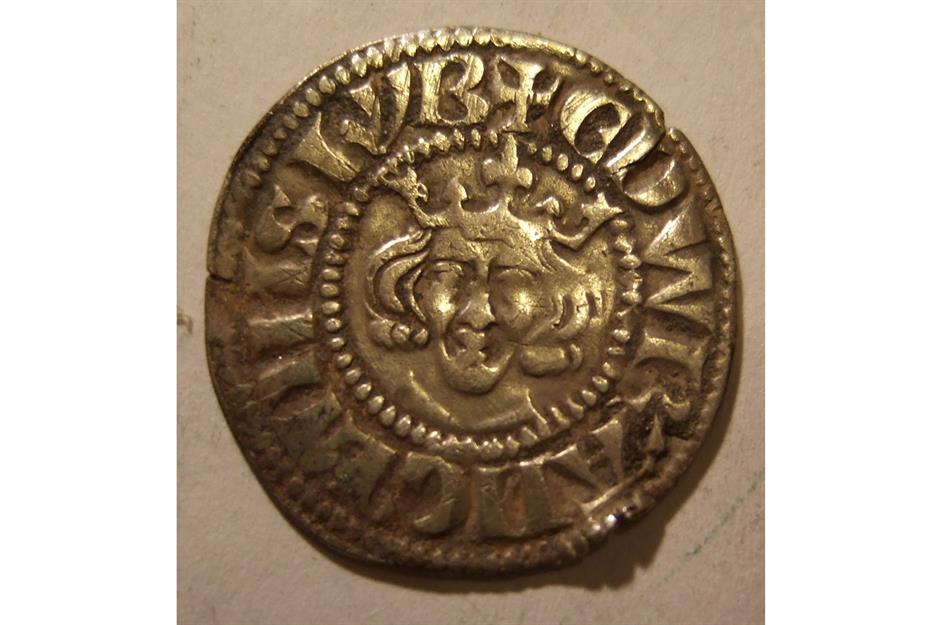
Nicknamed the Hambleden Hoard, the precious stash consists of 557 gold and silver coins including 12 exceedingly rare Edward I and II silver coins, as well as 12 full gold nobles dating from the time of the Black Death. The coins are being stored in a local museum for safekeeping and could be worth up to $180,000 (£150k).
The 10-foot statue of Emperor Trajan
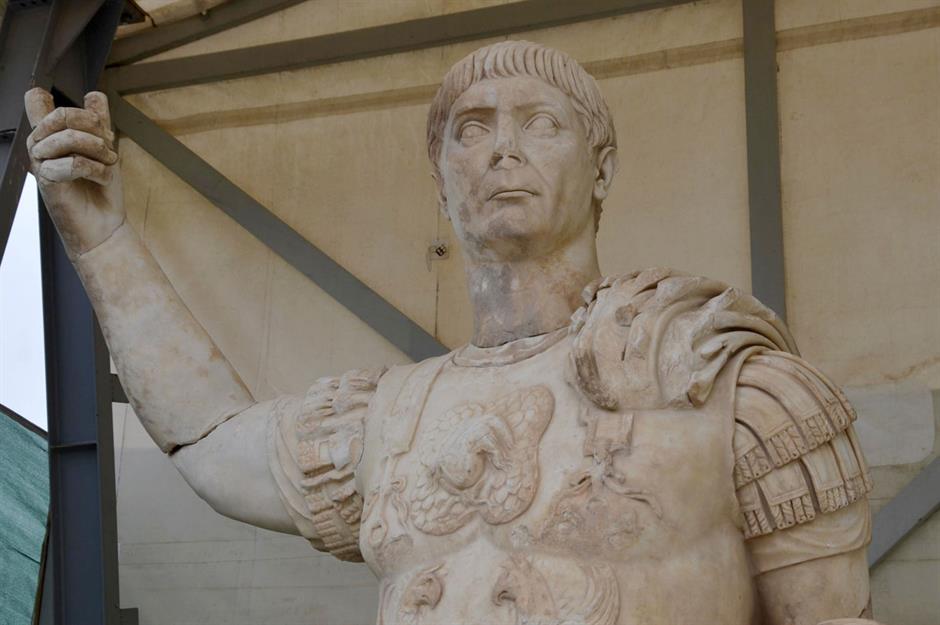
The 10-foot statue of Emperor Trajan
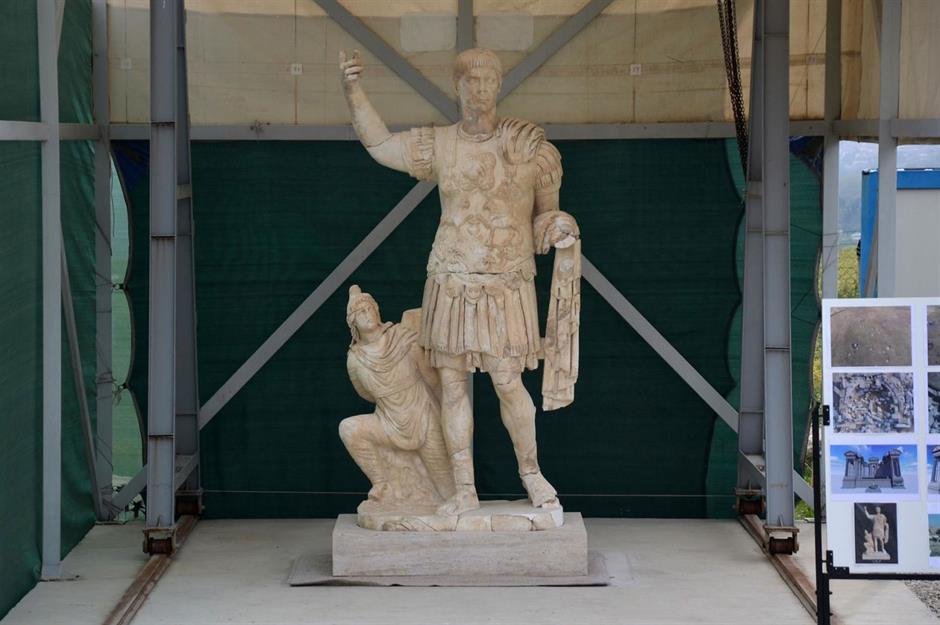
Unearthed under an age-old water fountain, the statue was found broken up in 356 pieces, which the expert team painstakingly reassembled, finishing the job in April. It is likely to have been toppled and smashed into smithereens during one of the many earthquakes that have plagued the region over the centuries.
The sunken temples and treasure-laden ships of Heracleion

Dubbed 'Egypt's Atlantis', the fabled city of Heracleion – pictured in this artist's impression – was a bustling port that thrived from the 12th century BC to the second century AD, and was the setting of Queen Cleopatra's coronation. Located on a series of islands in the Nile Delta, the ancient metropolis ended up underwater following several earthquakes and tsunamis. The ruins of the city were rediscovered in 2000 but a series of spectacular finds have been made this year.
The sunken temples and treasure-laden ships of Heracleion
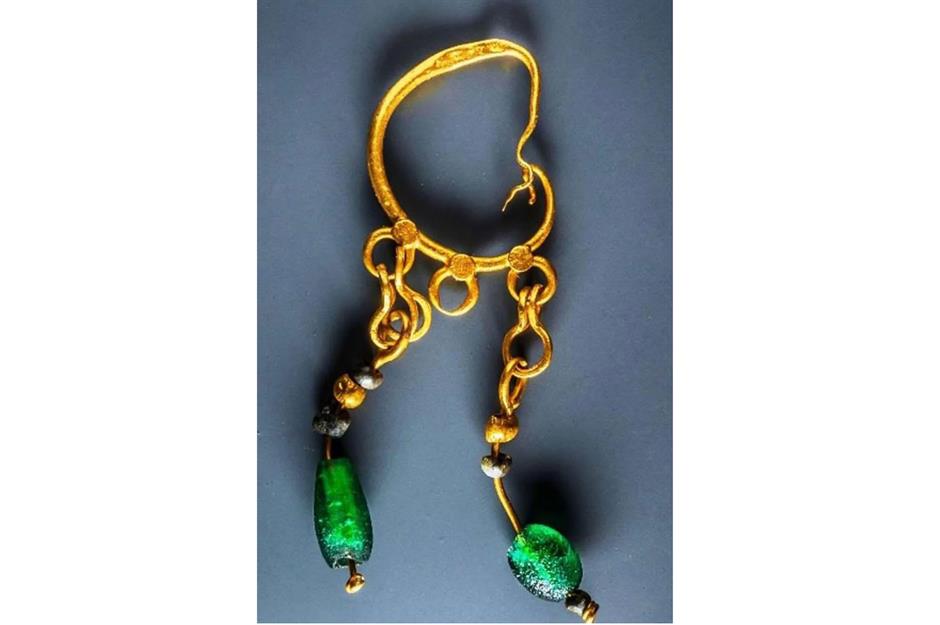
During the past few months, archaeologists have uncovered several ships laden with treasure including a wealth of gold and bronze coins, exquisite jewellery and fine pottery, as well as the ruins of a small Greek temple and remnants of a larger temple. They are thought to be linked to legendary lovers Helen of Troy and Paris.
The long-lost chess piece worth hundreds of thousands of pounds
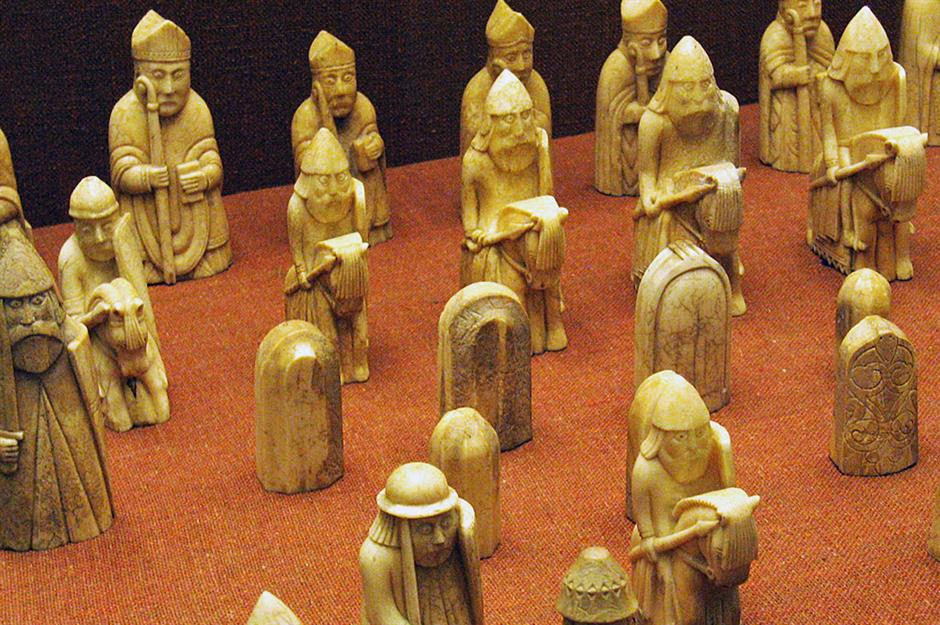
Crafted from walrus ivory in Scandinavia sometime during the late 12th century, Lewis chessmen are the most important and valuable chess pieces in history. A total of 93 pieces were discovered on the Scottish island of Lewis in 1831 but a long-lost 'warder', the equivalent of a castle or rook in modern-day chess, turned up in June.
The long-lost chess piece worth hundreds of thousands of pounds
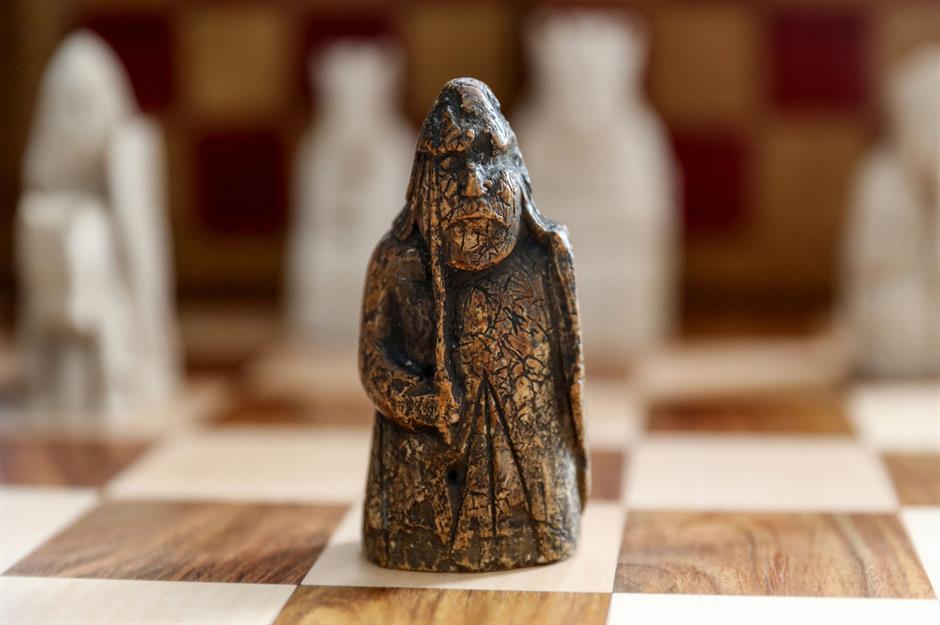
The chess piece was purchased by an antiques dealer from Edinburgh back in 1964 for £5 – the equivalent of £99 ($122) in today's money – and like the aforementioned medieval gold coin, languished in a drawer for years. The dealer's grandchildren only realised its significance and immense value when they brought it to Sotheby's London in June to be valued. It sold in July for a staggering $885,000 (£735k).
The 9,000-year-old Israeli city

Also in July, a team of archaeologists working on a site near Jerusalem came across the largest Neolithic settlement ever discovered in Israel and the Levant. It's been nicknamed a 'Big Bang', as experts think it'll completely transform the way we understand the Neolithic era and the development of early cities.
The 9,000-year-old Israeli city
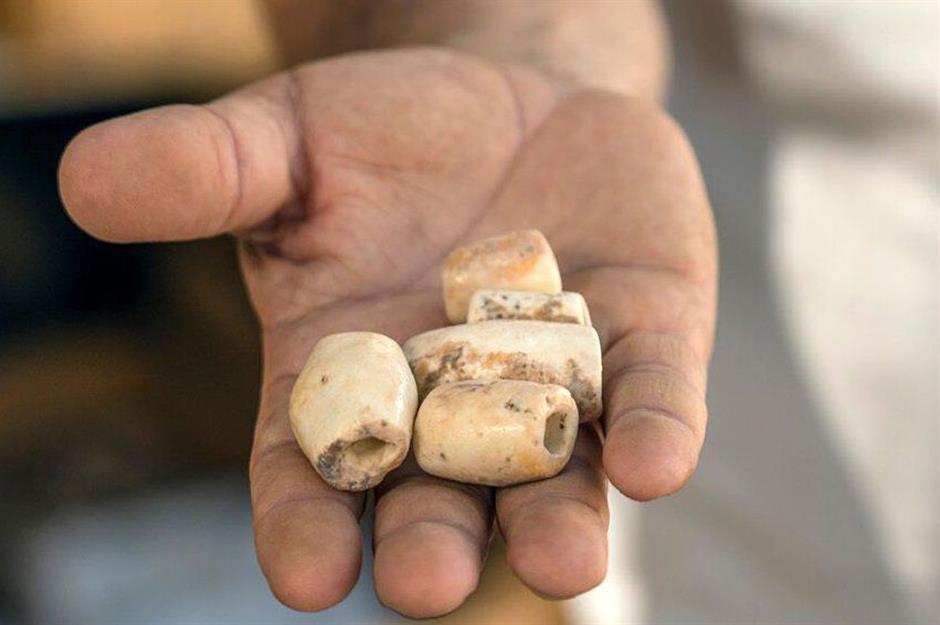
The ancient equivalent of a metropolis, the meticulously planned ancient city had a population of 3,000 and boasted numerous houses and large public buildings. Archaeologists have already unearthed heaps of precious artefacts from the site such as volcanic glass beads, stone bracelets and animal figurines, and expect to find many more.
The 2,600-year-old treasure trove that confirms the Babylonian conquest of Israel
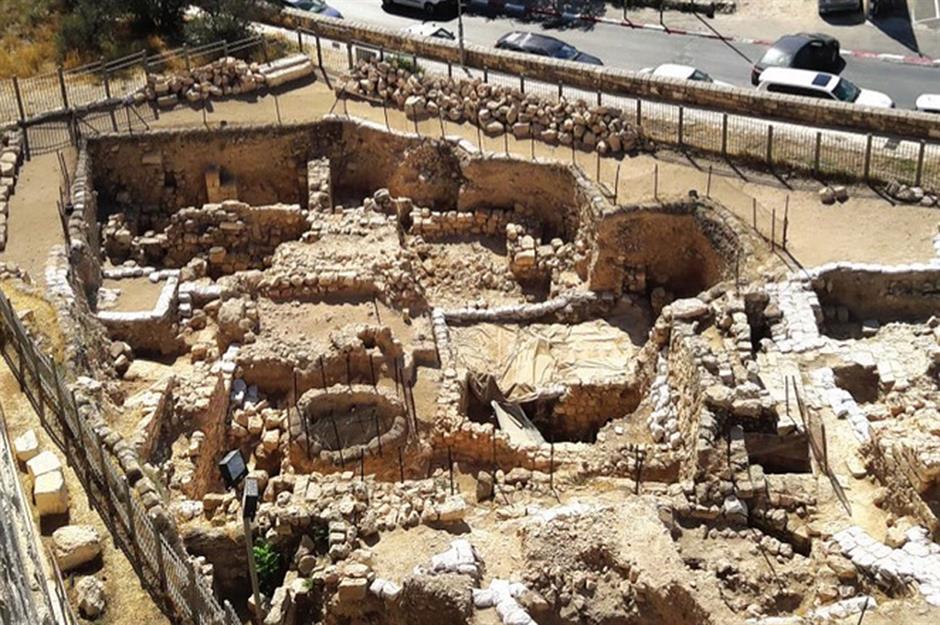
Adding to the amazing discoveries made this year in the Holy Land, archaeologists digging at Jerusalem's Mount Zion revealed in August that they have found a number of new artefacts there. The stash, dug up by a team of researchers from the University of North Carolina, has been taken as clear evidence that the Babylonian conquest did in fact take place 2,600 years ago, as is described in the Old Testament Book of Kings.
The 2,600-year-old treasure trove that confirms the Babylonian conquest of Israel
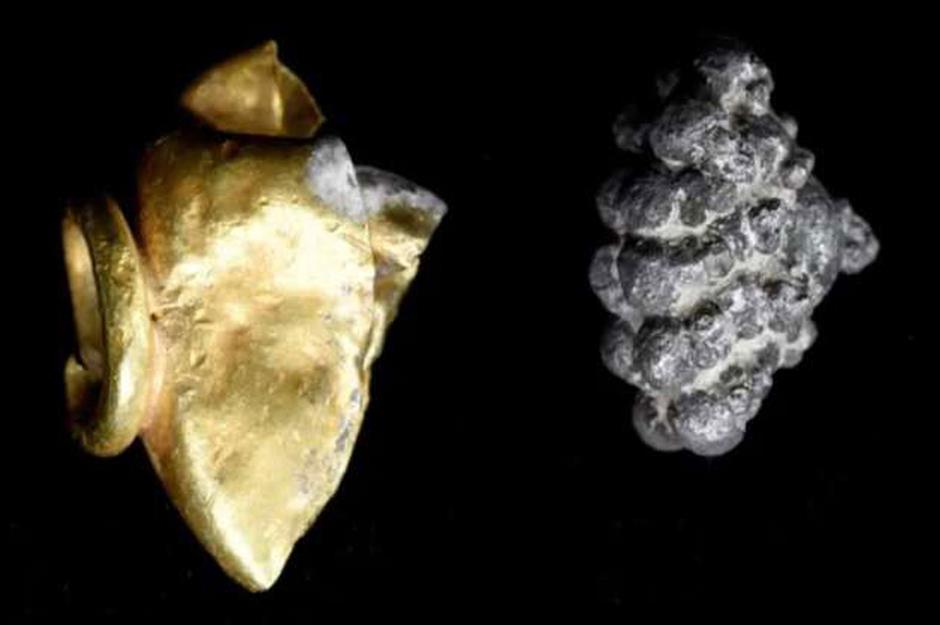
Dating from the sixth century BC, the trove consists of dumped arrowheads, gold jewellery and other artefacts that were found in a layer of ash. According to the researchers, the ash is stark evidence of the death and destruction wrought by the Babylonian invaders, as the bible passages describe "he [a Babylonian captain] burnt the house of the Lord, and the King's house; and all the houses of Jerusalem".
The sorcerer's treasure trove of Pompeii
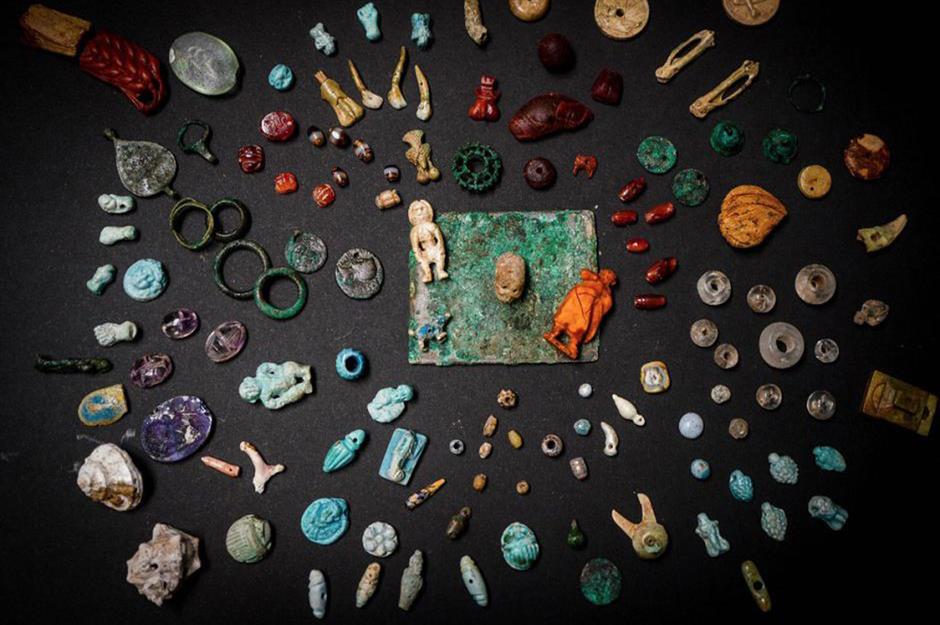
Buried in a volcanic eruption and frozen in time, Pompeii was first excavated way back in 1592, but the incredible discoveries keep on coming. The latest exciting find was announced this August: a sorcerer's treasure trove, which was unearthed in a decomposed wooden box at Casa del Giardino in Region V of the site.
The sorcerer's treasure trove of Pompeii
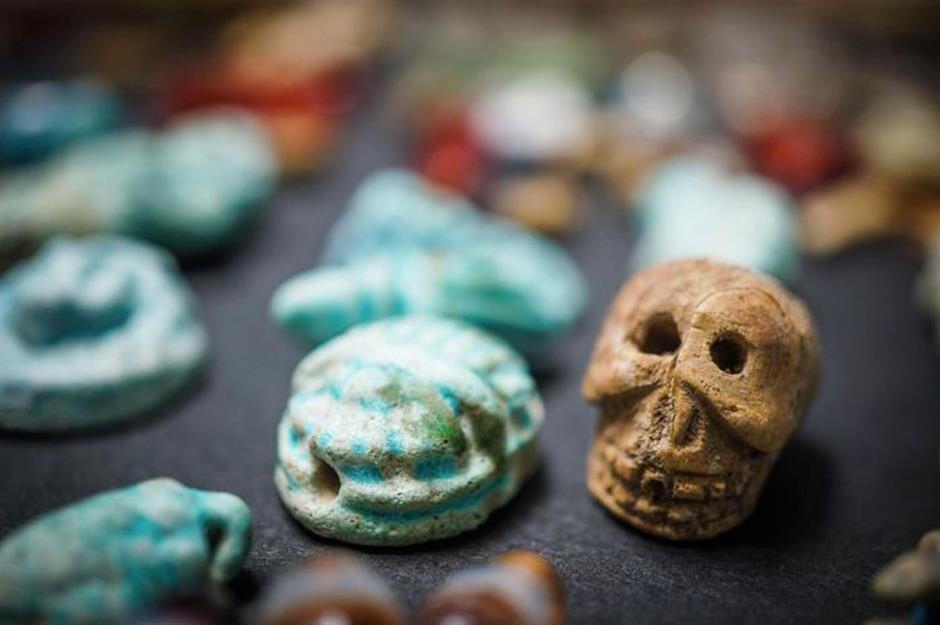
Thought to have belonged to a Roman sorceress, the box was found to contain a variety of magical paraphernalia used for spell-casting rituals and as lucky charms. They include scarab beetle amulets, skull figurines, creepy dolls, pieces of amber and amethyst, a number of crystals and a glass bead depicting the Roman god Dionysus.
The 16th-century gold bishop's ring
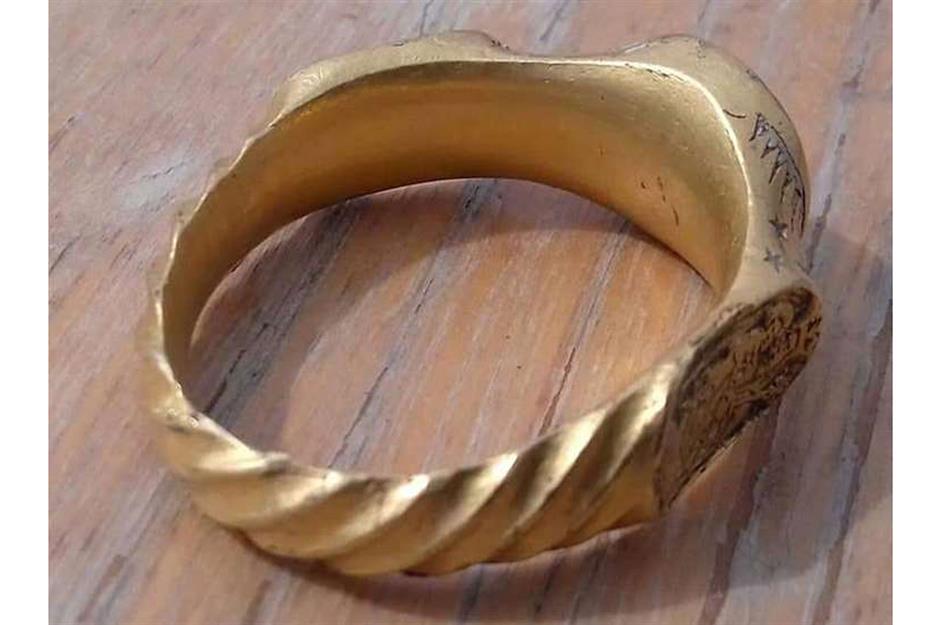
Also in August, hobbyist treasure hunter Ashley Solly found a solid gold bishop's ring depicting the Madonna and Child while taking part in a metal detecting rally on the Isle of Sheppey in Kent, England. The rally was an annual event organised by Medway History Finders and saw more than 70 metal detectorists take to the site.
The 16th century gold bishop's ring
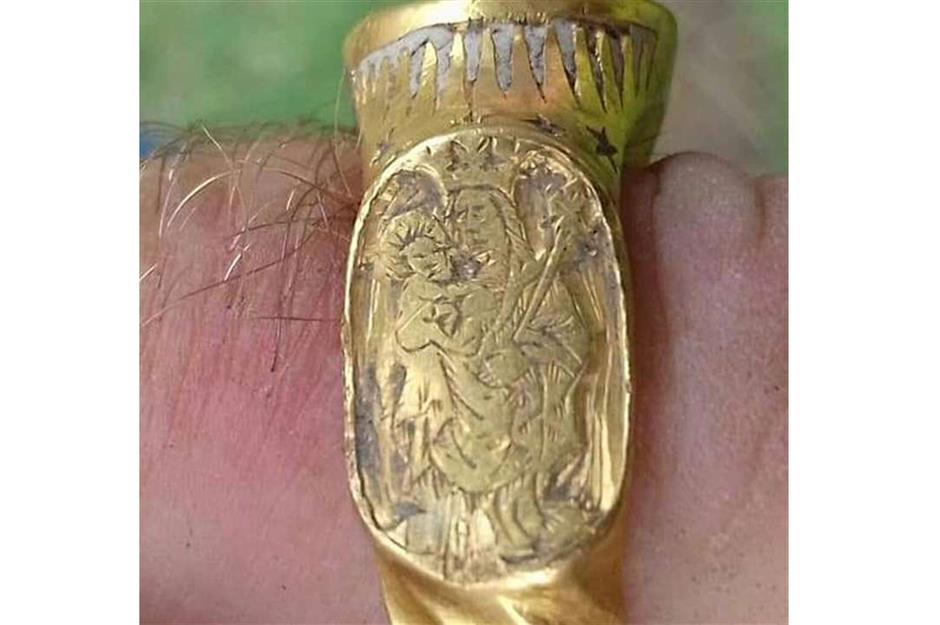
Likely to be worth tens of thousands of pounds, the chunky ring is believed to date from the 16th century and may have been lost when King Henry VIII honeymooned on the island with his ill-fated second wife Anne Boleyn – the monarch would have had a huge entourage in tow, including several bishops of the realm.
The Norman silver coin hoard
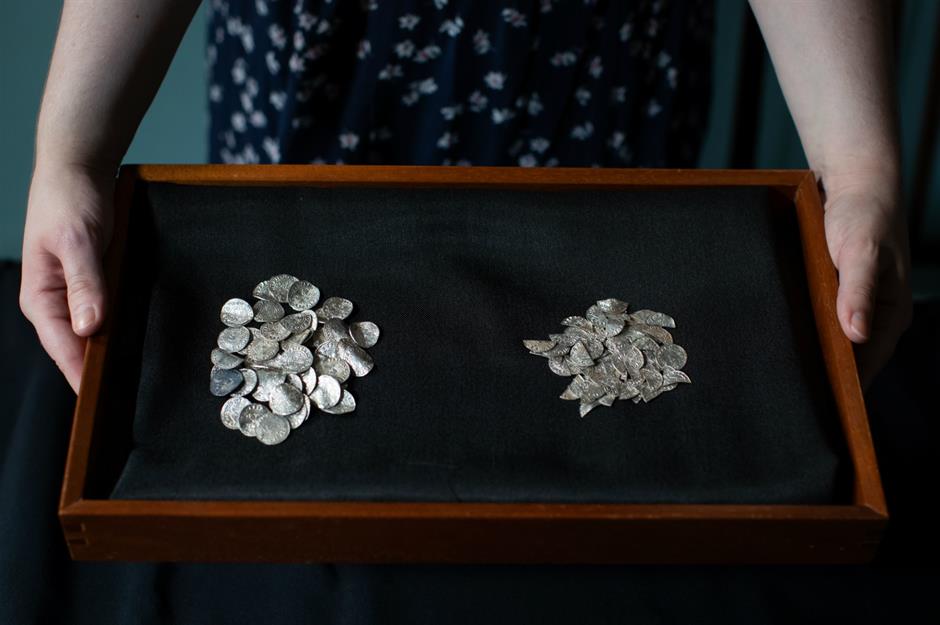
The Norman silver coin hoard

The hoard, which was found my metal detectorists Adam Staples and Lisa Grace (pictured), has several coins that have been tampered with, showing different patterns on each side. Experts say that this was done by the person striking the coins in order not to pay for the up-to-date coin design. Such an action risked severe penalty, including the loss of a hand.
The 1,300 stolen Benjamin Creme artworks

More than 1,300 stolen artworks by Scottish painter Benjamin Creme (pictured) were recovered from a home in California this year. According to LAPD, a woman found the abstract prints, worth about $800,000 (£619k), in a pile of items she had inherited a few years ago from a deceased relative.
The 1,300 stolen Benjamin Creme artworks
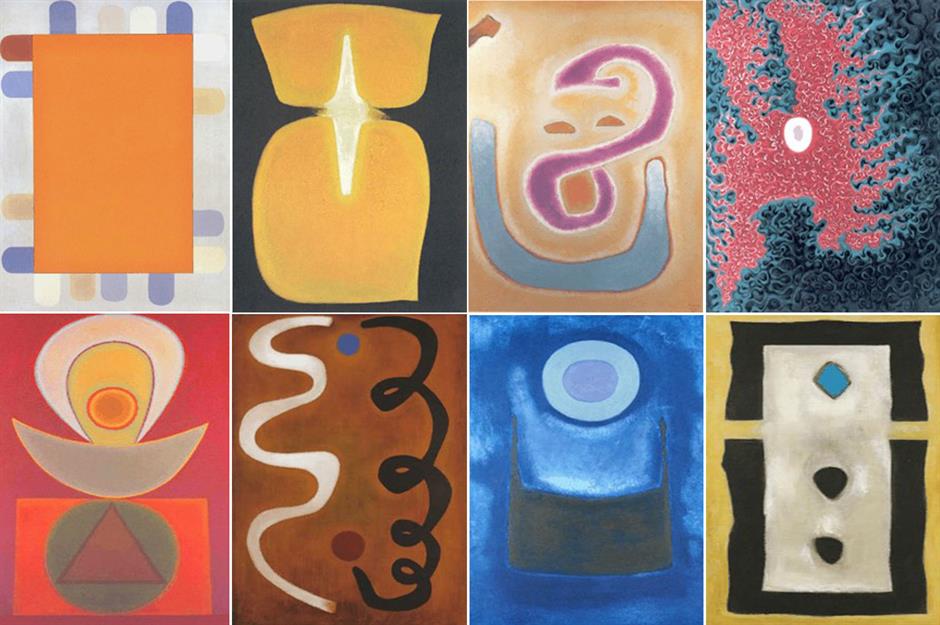
The hoard of 15th-century coins

The hoard of 15th-century coins
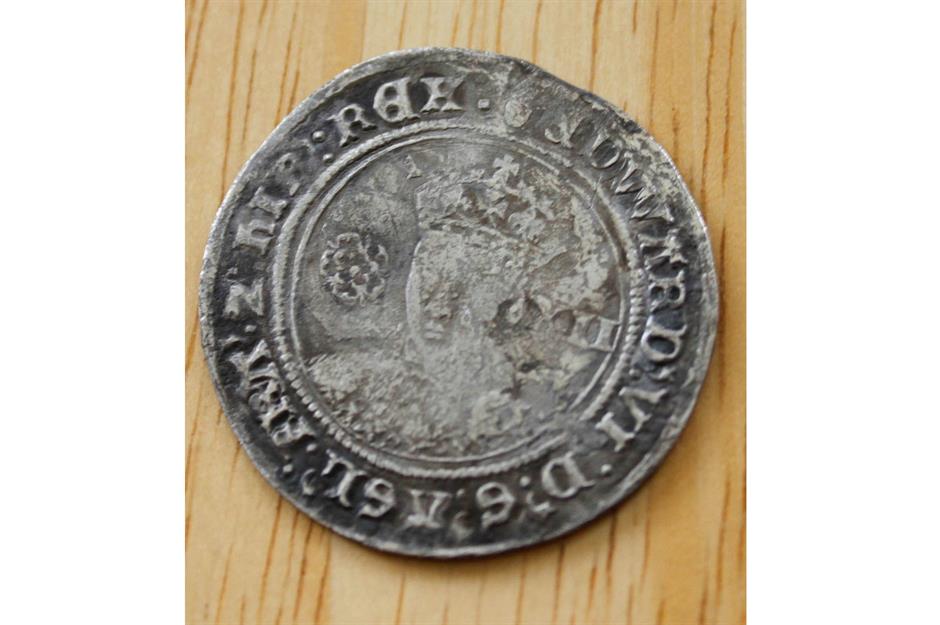
Some of the coins date back 500 years to the reign of Henry VIII. One ultra-rare one from 1512 is estimated to be worth £5,000 ($6.4k) alone. Other coins featuring Edward VI, like the one pictured, could fetch up to £3,000 ($3.9k). If the lucky treasure hunter decides to sell his find, the value will be split equally between him and the landowner.
Now read about the incredible treasures discovered in 2018
Comments
Be the first to comment
Do you want to comment on this article? You need to be signed in for this feature
Most Popular
Features How Michael Jackson's children boost their bank balances